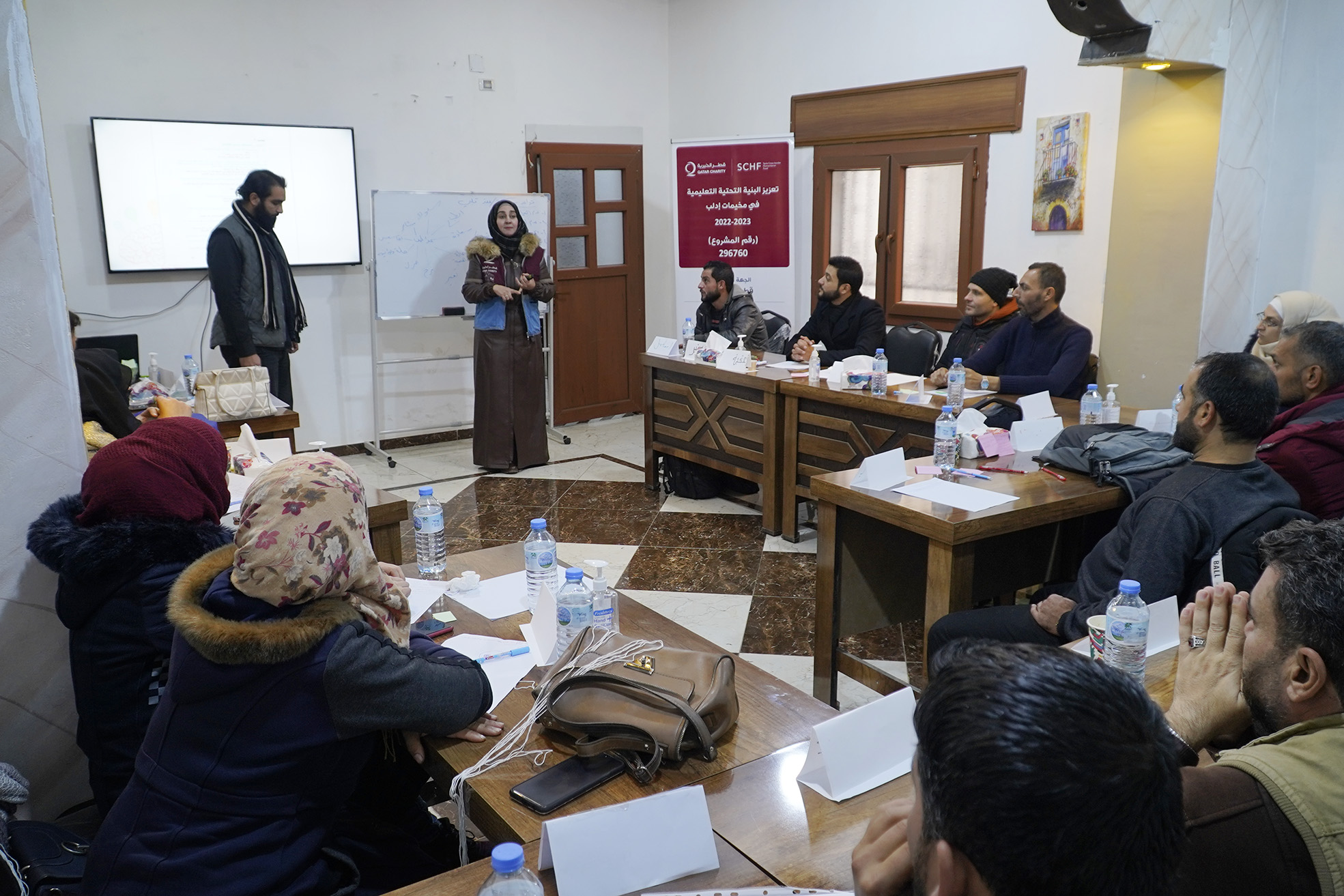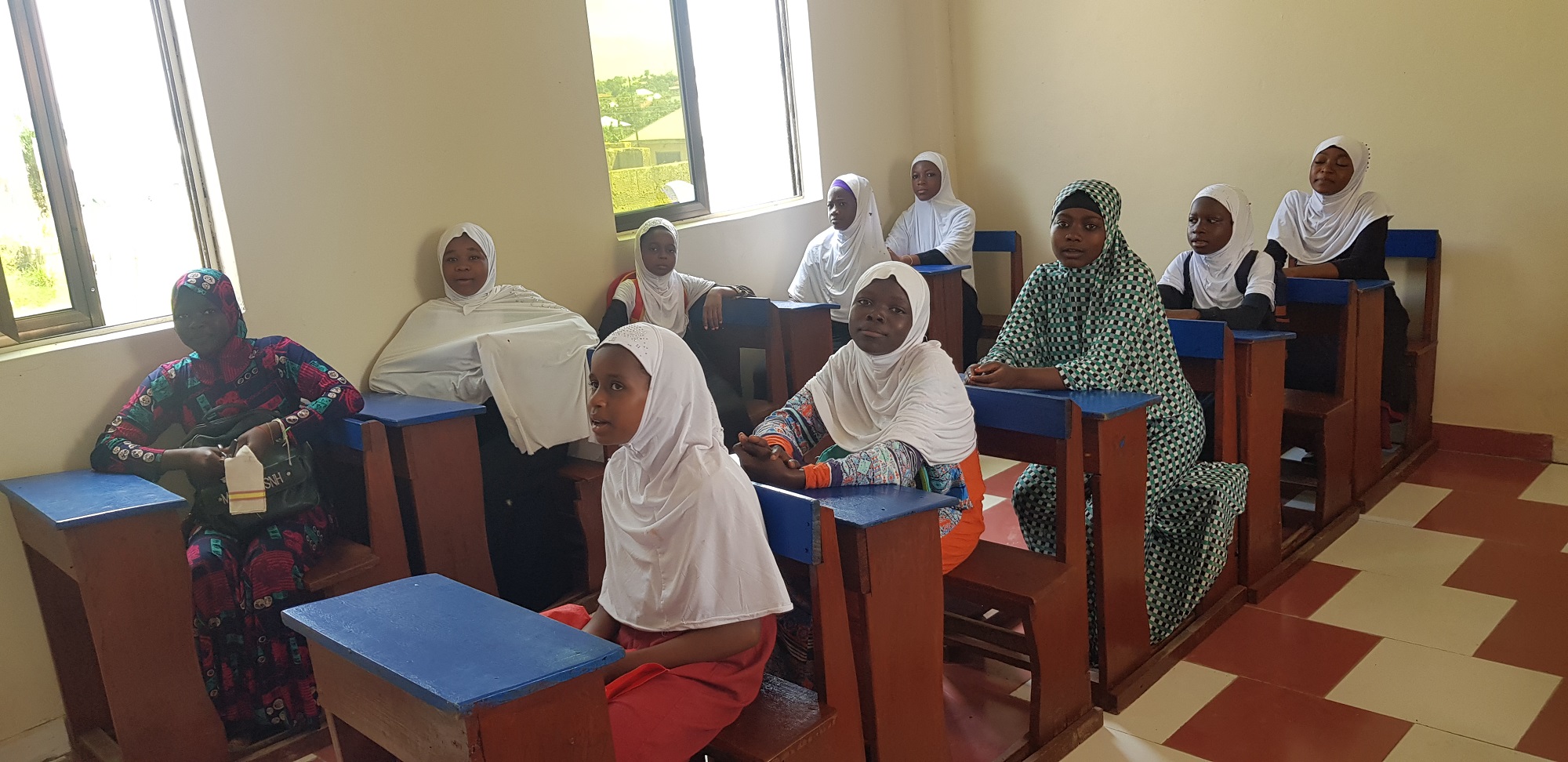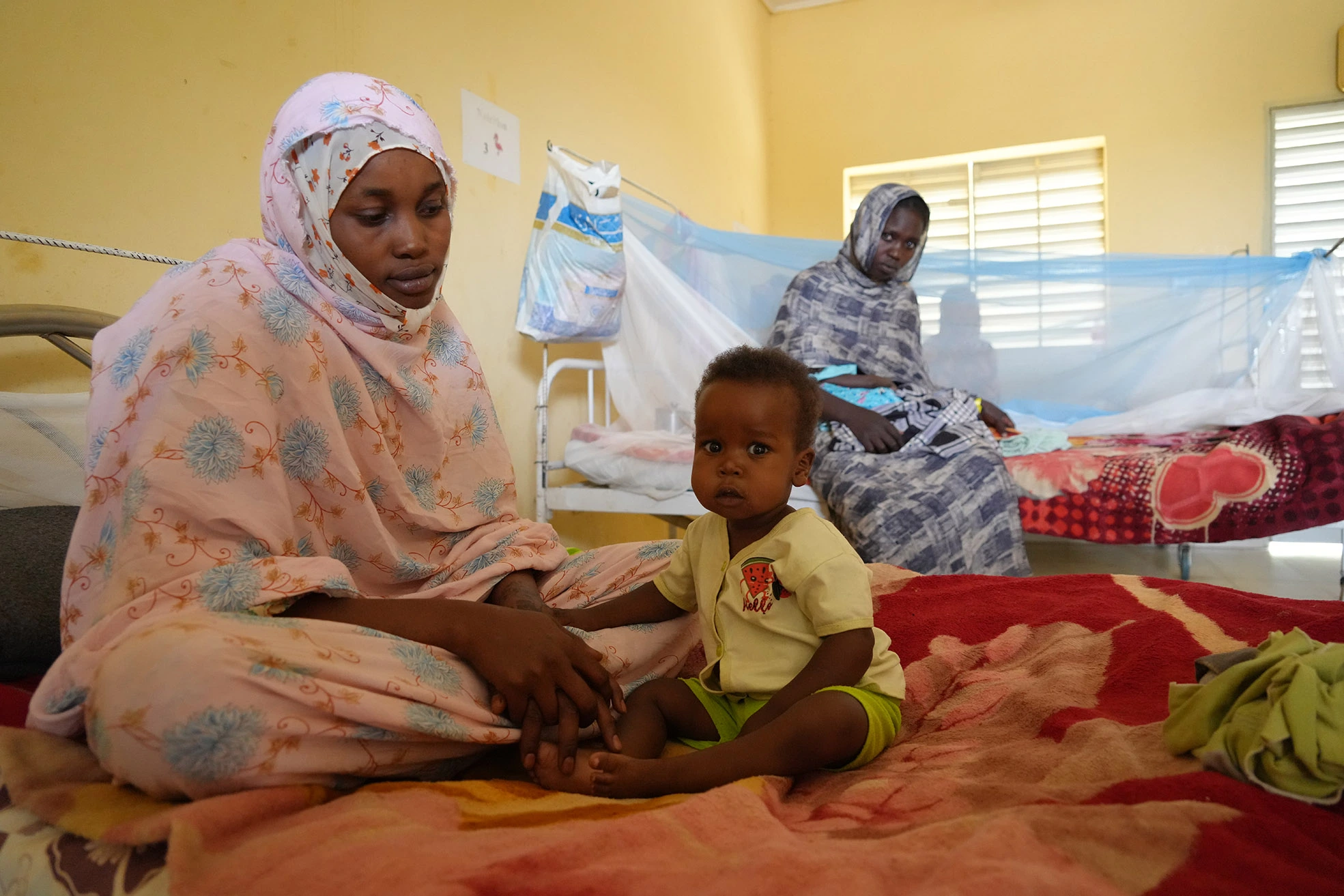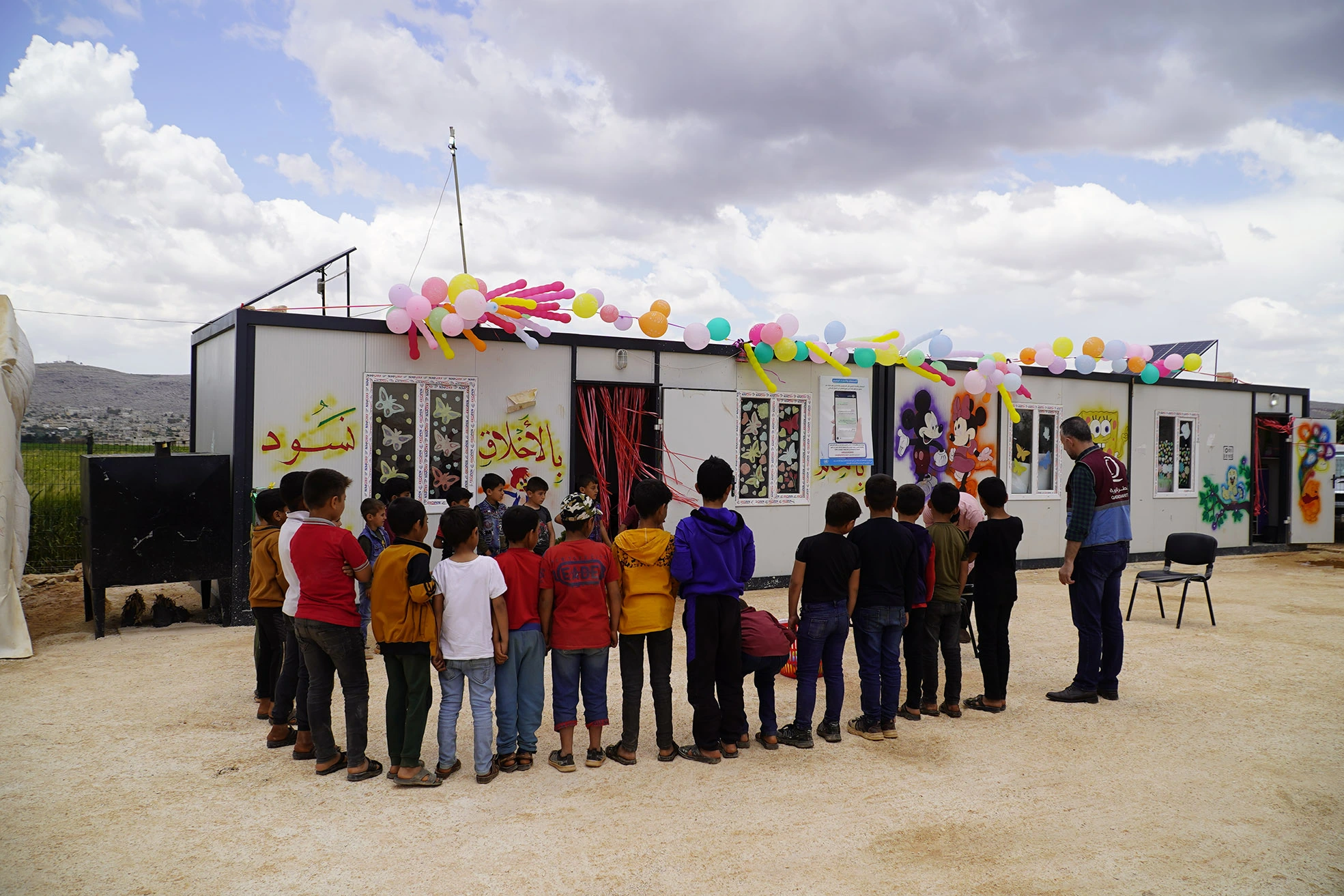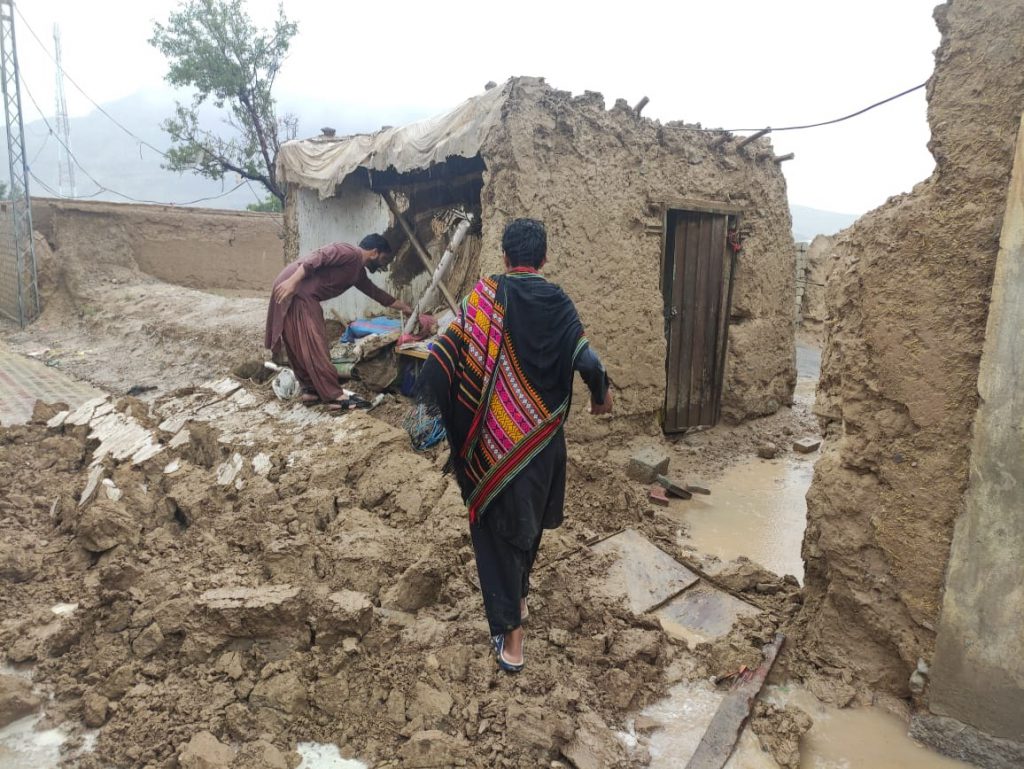In crisis-affected communities worldwide, access to education can be severely limited. Conflict, natural disasters, and displacement often disrupt traditional schooling systems, leaving children and youth without access to quality learning opportunities. However, amidst these challenges, technology has emerged as a powerful tool for transforming education and empowering learners in crisis-affected areas.
Table of contents
- Bridging the Gap: Technology and Access to Education
- Tailored Learning Experiences: Personalized Education Solutions
- Overcoming Barriers: Addressing Challenges in Education
- Empowering Educators: Professional Development and Support
- Building Resilient Communities: Education as a Catalyst for Change
- Conclusion
Bridging the Gap: Technology and Access to Education
Technology has the potential to bridge the gap in access to education by providing remote learning opportunities for students who are unable to attend traditional schools due to crises. Through online platforms, virtual classrooms, and mobile applications, students can access educational resources and engage in interactive learning experiences from anywhere, even in the midst of displacement or conflict.
Tailored Learning Experiences: Personalized Education Solutions
Technology enables personalized learning experiences tailored to individual learners’ unique needs and circumstances in crisis-affected communities. Adaptive learning platforms use algorithms to assess students’ strengths and weaknesses, providing customized learning pathways and targeted support to help them succeed academically.
Overcoming Barriers: Addressing Challenges in Education
Technology helps overcome common barriers to education in crisis-affected areas, such as language barriers, lack of qualified teachers, and limited access to educational materials. Digital resources, including e-books, multimedia content, and online courses, provide educational opportunities in multiple languages and cover a wide range of subjects, empowering learners to pursue their interests and aspirations.
Empowering Educators: Professional Development and Support
Technology also plays a crucial role in empowering educators in crisis-affected communities through professional development opportunities and support networks. Online training courses, virtual workshops, and peer-to-peer collaboration platforms enable teachers to enhance their skills, exchange best practices, and stay connected with the global education community.
Building Resilient Communities: Education as a Catalyst for Change
By leveraging technology to improve access to education, crisis-affected communities can build resilience and empower future generations to thrive in the face of adversity. Education serves as a catalyst for social change, enabling individuals to acquire the knowledge, skills, and confidence needed to contribute to their communities’ recovery and development.
Conclusion
In crisis-affected communities, technology has the power to transform education and empower learners to overcome barriers and achieve their full potential. By embracing innovative solutions and leveraging digital resources, we can ensure that all children and youth have access to quality learning opportunities, regardless of the challenges they face. Together, we can build a brighter future for generations to come.


